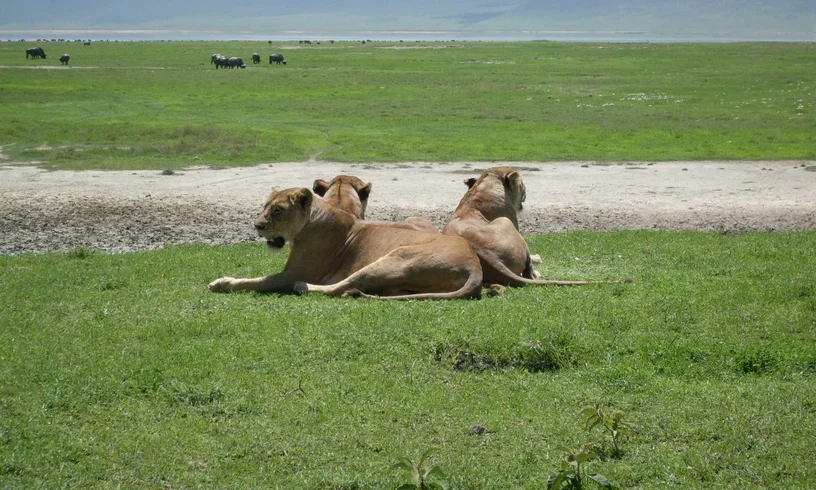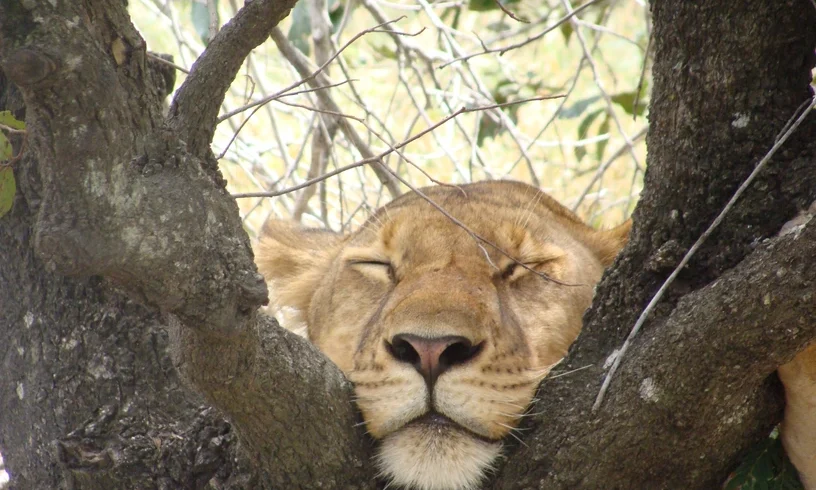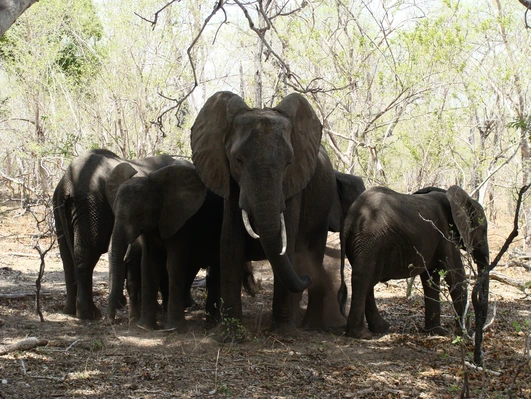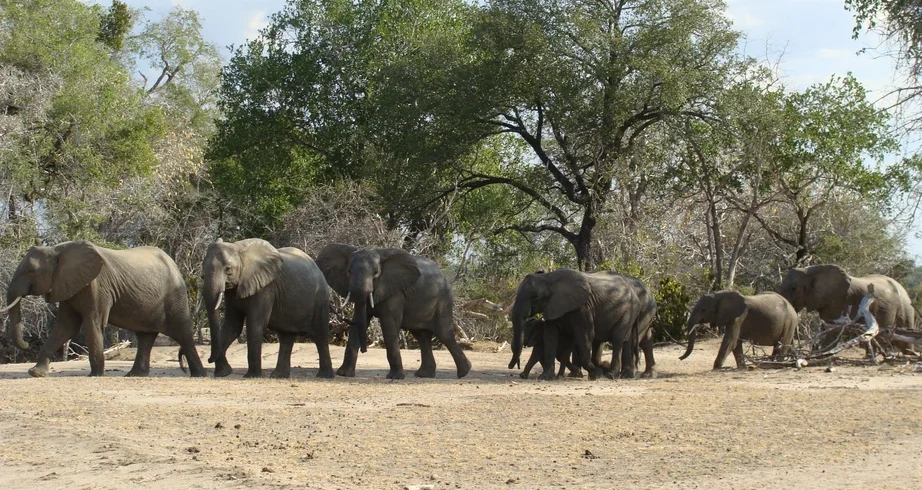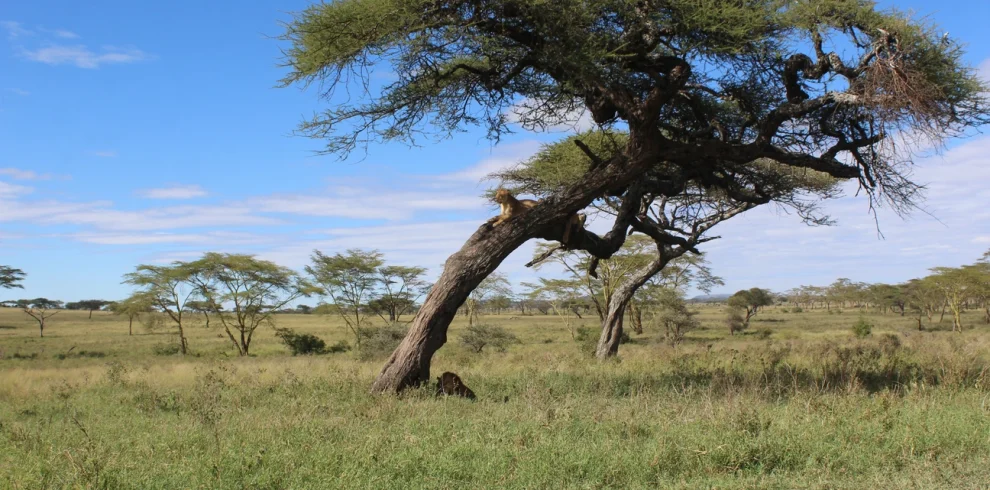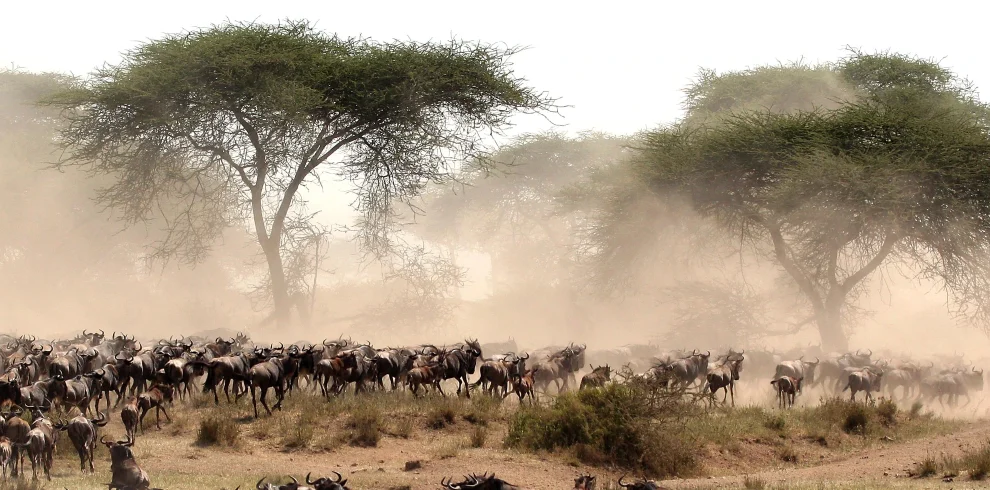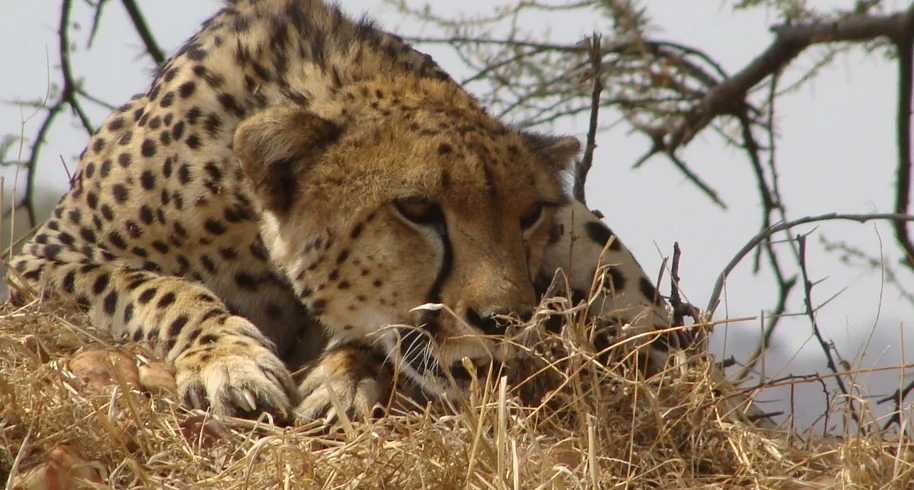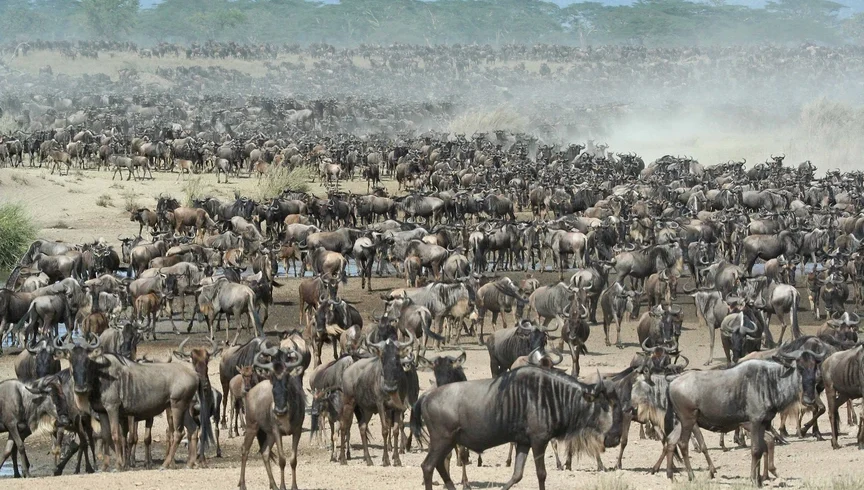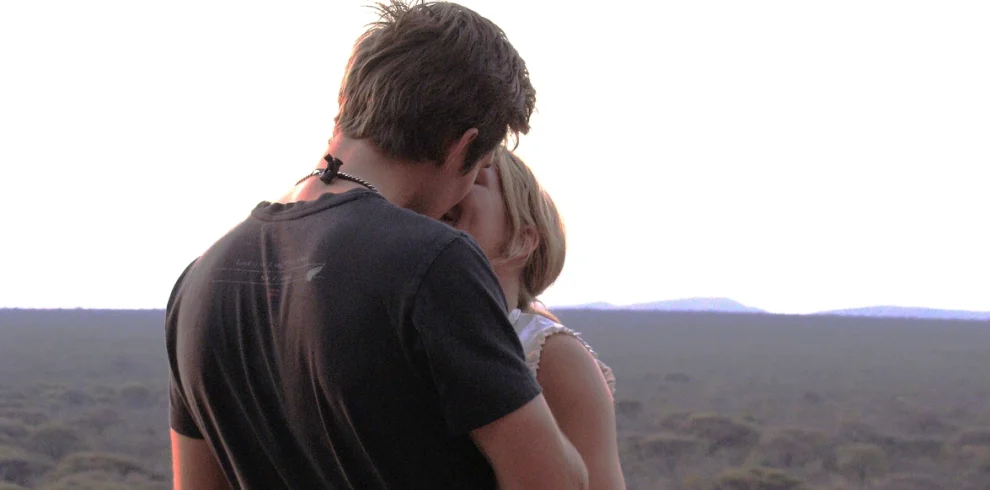- 1
- 1
- 1
- 1
- 2
- 6
- 2
- 10
- 4
- 2
- 6
- 11
- 2
- 1
Tailor made Safari to the less visited destination – Southern & Western Circuit – Selous, Ruaha, Mikumi, Saadani, Katavi, Gombe, Mahale, Zanzibar, Kilwa & Mafia .
The Ngorongoro Crater is a UNESCO World Heritage Site and one of the most famous wildlife destinations in Tanzania. It is often referred to as the “Garden of Eden” due to its rich biodiversity and stunning landscapes.
Formation: The Crater is the collapsed remains of a massive volcano, creating a vast caldera that spans about 260 square kilometers and is approximately 610 meters deep.
Wildlife: The crater is home to a diverse range of animals, including lions, elephants, cheetahs, black rhinos (one of the best places in Tanzania to see them), zebras, buffaloes, and over 500 species of birds. The high concentration of wildlife makes it one of the best places for a game drive.
Year-Round Safari: Thanks to its year-round water sources and fertile volcanic soil, the Crater supports abundant wildlife throughout the year, making it a fantastic destination for safaris in every season.
Scenic Beauty: The landscape within the Crater is incredibly varied, with grasslands, forests, swamps, and a salt lake that provide different habitats for animals.
The Ngorongoro Crater offers one of the most unique safari experiences in Africa. Its diverse ecosystems, stunning views, and high density of wildlife make it a must-visit for any traveler to Tanzania. The Crater is also a perfect place to see the “Big 5“ (lion, leopard, elephant, buffalo, and rhino) in one location.
Dry Season in Ngorongoro:
June – Mid November: Best time for game viewing:
December – February: Humid & Hot: Good time for game viewing.
Rainy Season in Ngorongoro:
Mid November – Mid December: Short Rain: Wonderful for birdlife and lush scenery
April – May: Heavy rain : Wonderful for birdlife and lush scenery.
Getting to Ngorongoro:
Road: 3 hours from Arusha
